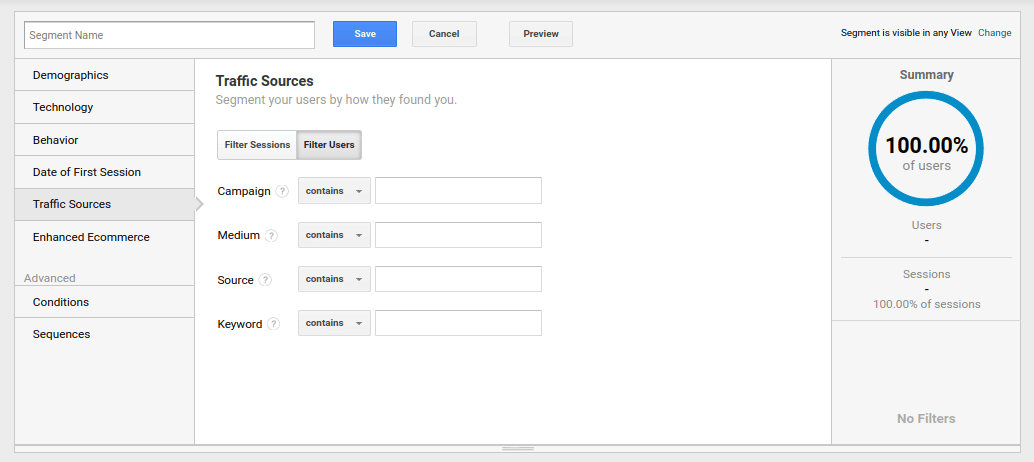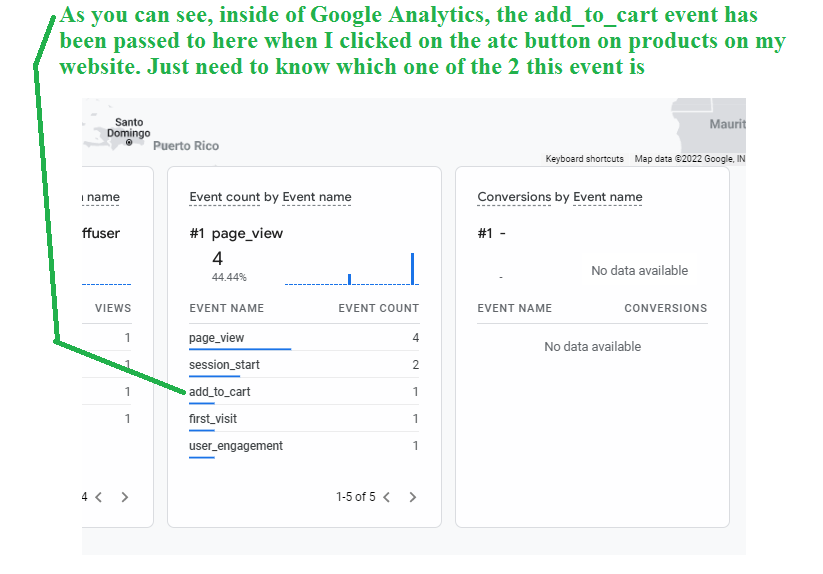Unlocking Remarketing in Google Analytics: Boost Your Conversion Fees
In the electronic landscape, leveraging remarketing abilities within Google Analytics can considerably influence a business's conversion rates. By focusing on previous communications with website visitors, tailored advertisements can reignite rate of interest and drive conversions. What Is “Remarketing” In Google Analytics?. The art hinges on calculated target market division and crafting engaging advertisement web content that reverberates with customers. However, the real game-changer comes from in-depth analysis and continuous optimization of remarketing strategies. The key to unlocking the full potential of remarketing lies in understanding user behavior and interests to take full advantage of ROI.
Comprehending Remarketing in Google Analytics
Remarketing in Google Analytics is a powerful tool that allows organizations to re-engage and target with individuals who have formerly connected with their web site or application. By utilizing this feature, organizations can display targeted ads to individuals as they browse the internet or utilize other applications, advising them of services or items they previously viewed. This critical technique assists businesses remain top-of-mind with potential consumers, boosting the likelihood of conversion.
One trick element of remarketing in Google Analytics is the ability to develop customized target market listings based on certain standards such as web pages visited, actions taken on the website, or group information. These checklists permit businesses to tailor their remarketing campaigns to different sectors of their target market, guaranteeing that the ideal message reaches the appropriate people at the correct time.
Moreover, remarketing in Google Analytics supplies beneficial understandings right into user behavior and the performance of advertising and marketing campaigns. By tracking user interactions and conversions, companies can fine-tune their techniques to boost targeting and take full advantage of ROI. On the whole, understanding the intricacies of remarketing in Google Analytics is vital for businesses wanting to increase conversion prices and drive growth.
Establishing Remarketing Lists
When executing remarketing approaches in Google Analytics, the first step involves producing personalized target market checklists customized to particular requirements. Next, click on the +New Audience switch and select the type of target market you desire to develop, such as users that saw a certain page or finished a particular action. You can even more improve your target market by adding particular conditions and parameters to guarantee you reach the right customers with your remarketing projects.

Crafting Compelling Remarketing Ads
Crafting compelling remarketing ads includes tactically creating messages that reverberate with your target audience and drive them to take preferred activities. Customization is vital in remarketing ads, so take into consideration using vibrant useful reference ads that reveal items or services that an individual has previously checked out on your web site.
In enhancement to customization, engaging advertisement copy is essential. Consisting of incentives like discount rates or limited-time deals can also aid raise click-through prices.
Aesthetic charm is one more essential aspect of crafting compelling remarketing ads. Use top quality images or videos that display your products in a eye-catching and appealing way. A visually enticing ad is more probable to grab the target market's focus and drive them to review your internet site. By combining personalization, influential duplicate, and appealing visuals, you can develop remarketing advertisements that efficiently re-engage customers and boost your conversion prices.
Analyzing Remarketing Efficiency

Click-through prices (CTRs) show the percent of individuals that clicked the ad after seeing it. A high CTR indicates that the ad is engaging and pertinent to users. Conversion rates reveal the portion of customers who completed a desired activity, such as purchasing or authorizing up for a newsletter, after clicking on the ad. Reviewing the cost per purchase aids in recognizing the expenditures incurred to get a customer via remarketing. Return on ad spend (ROAS) determines the earnings produced for every buck invested on advertising and marketing, indicating the productivity of the project. By assessing these efficiency metrics, marketers can recognize areas for improvement and improve their remarketing techniques to improve conversion prices and total project success.
Optimizing Remarketing Approaches

B screening various ad creatives, messaging, and offers can likewise supply valuable insights into what reverberates ideal with various audience segments.
Continuous tracking and optimization of remarketing campaigns based on real-time data and insights are vital for making the most of ROI and increasing conversion rates. By executing a data-driven method and refining techniques based on performance metrics, marketers can unlock the complete possibility of remarketing in Google Analytics.
Verdict
To conclude, using the power of remarketing in Google Analytics can dramatically boost conversion rates by re-engaging with click over here now previous website site visitors with tailored advertisements. By developing custom target market listings, crafting compelling advertisements, assessing performance metrics, and continually enhancing approaches, organizations can make best use of ROI in remarketing projects. This data-driven technique guarantees that advertising and marketing efforts are targeted and effective in driving individual engagement and inevitably increasing conversions.
On the whole, comprehending the intricacies of remarketing in Google Analytics is necessary for companies looking to enhance conversion rates and drive growth.
You can further refine your target market by adding particular conditions and specifications to guarantee you reach the appropriate users with your remarketing projects.
By combining personalization, influential copy, and distinctive visuals, you can produce remarketing advertisements that effectively re-engage individuals and enhance your conversion rates.
By examining these efficiency metrics, online marketers can determine locations for improvement and fine-tune their remarketing methods to boost conversion rates and general project success.
In verdict, harnessing the power of remarketing in Google Analytics can considerably improve conversion prices by re-engaging with previous website visitors with customized advertisements.